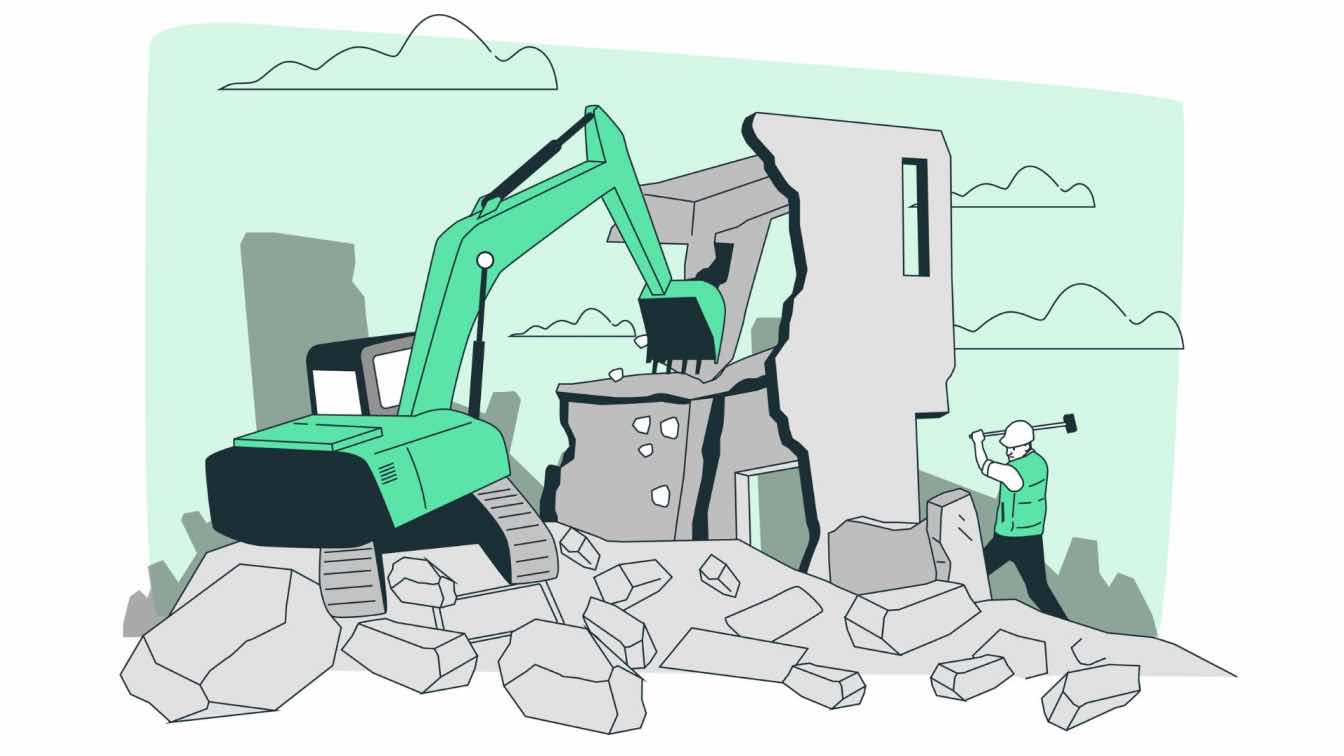Home renovation projects can be both exciting and daunting, offering the promise of a refreshed living space but also the potential for unexpected challenges. Among these challenges, personal injury is a significant concern that can derail even the most well-planned project. Understanding the risks and taking proactive steps to protect yourself is crucial to ensuring a successful renovation without compromising your safety. This guide aims to outline essential safety measures and best practices to help you navigate your home renovation project with confidence and care.
Understanding Common Causes of Injury
Home renovation projects involve various tasks, each presenting a unique set of hazards. One common cause of injury is the misuse of tools and equipment. Power tools, ladders, and even simple hand tools can lead to severe injuries if not used properly. Ensuring you have the right tools for the job and understanding how to use them safely is critical in preventing mishaps. Another frequent cause of injury during renovations is falling debris. Whether it's loose plaster from the ceiling, old roofing materials, or tiles being removed, unexpected falling objects can cause significant harm.
Always wear appropriate protective gear, including hard hats and safety goggles, to safeguard against these risks. Slips, trips, and falls are also prevalent in home renovation projects. As the people behind Stokes Stemle, LLC note, most slip-and-fall accidents happen in a place of business, or a common area outside of a company, such as in a parking lot, but they can also occur in private homes. Ensure to keep your workspace clean and organized, with any potential hazards clearly marked or removed.
Selecting the Right Tools for the Job
Choosing the correct tools is fundamental to both the efficiency and safety of your renovation project. Using the wrong tool can not only slow down your progress but also increase the likelihood of an accident. Take the time to research and invest in tools specifically designed for your tasks, whether it’s a specialized saw for cutting particular materials or a sturdy ladder with the appropriate height and weight rating.
Ensure that all your tools are in good working condition before starting your project. Regularly inspecting tools for wear and tear and performing necessary maintenance can prevent unexpected failures that could lead to injuries. Knowing when to replace tools is just as important as knowing how to use them.
The Importance of Proper Training
Before embarking on any renovation tasks, especially those involving power tools or complex procedures, it's essential to receive proper training. Many accidents occur because individuals attempt tasks outside their skill set or knowledge base. Online tutorials, community college classes, or workshops can provide invaluable guidance and hands-on experience. Even for seasoned DIY enthusiasts, refreshing your knowledge and staying updated on the latest safety practices is advisable.
Training not only enhances your capability to complete the task efficiently but also significantly reduces the risk of injury. Understanding how to operate tools correctly and follow safety protocols can prevent accidents and promote a safer work environment for both yourself and any other individuals involved in the project.
Wearing Appropriate Safety Gear
Wearing the right safety gear is a simple yet highly effective way to protect yourself during a renovation. Basic protective equipment includes items like gloves, goggles, and hard hats. Depending on the nature of your project, additional gear such as ear protection, dust masks, and steel-toed boots might be necessary.
It's also important to ensure that your protective gear fits properly and is in good condition. Ill-fitting or worn-out equipment can offer a false sense of security and may fail to protect you adequately when an accident occurs. Regularly check your gear for any signs of damage and replace it as needed.
Creating a Safe Workspace
Maintaining a clean and organized workspace is fundamental to ensuring safety during a home renovation. Cluttered areas can lead to tripping hazards, while poorly organized tools may result in accidents. Always take a few moments at the start and end of each workday to organize your materials and clean up any debris.
Lighting is another critical aspect of a safe workspace. Poorly lit areas can obscure potential hazards and make it difficult to perform tasks accurately. Ensure that your work area is well-lit, using task lighting if necessary to illuminate specific areas.
Handling Hazardous Materials Responsibly
Renovation projects often involve handling hazardous materials like asbestos, lead paint, or chemicals used in glues and solvents. Improper handling of these substances can lead to severe health issues. Always identify and understand any hazardous materials you may encounter during your project and follow safety guidelines strictly.
Using personal protective equipment (PPE) designed for hazardous materials, such as respirators and chemical-resistant gloves, is crucial. Additionally, educate yourself on how to safely dispose of these materials to prevent environmental contamination and adhere to local regulations.
Knowing When to Call a Professional
While DIY projects can be rewarding, it's essential to recognize when a task is beyond your capabilities. Electrical work, major structural changes, and plumbing repairs are areas where professional expertise is often necessary. Attempting these tasks without the proper skills and knowledge can result in severe injury or significant damage to your home.
Hiring a professional not only ensures the job is done correctly but also provides peace of mind regarding safety. Although it might mean added costs, the investment in professional services can prevent costly mistakes and protect your well-being. Always evaluate the risks and benefits before deciding whether to DIY or call in an expert.
Image Source: https://unsplash.com/photos/yellow-and-white-wooden-cabinet-DH-FZZ7kM5c
Home renovation projects can transform your living space and provide a sense of accomplishment, but they also come with inherent risks. By understanding common causes of injury, selecting the right tools, obtaining proper training, wearing appropriate safety gear, creating a safe workspace, handling hazardous materials responsibly, and knowing when to call a professional, you can significantly reduce the likelihood of accidents and injuries.
Prioritizing safety not only ensures a more efficient and successful renovation but also protects your well-being and that of anyone involved in the project. Approach your home renovation with caution, preparation, and respect for these best practices to enjoy a rewarding and safe transformation of your home.





